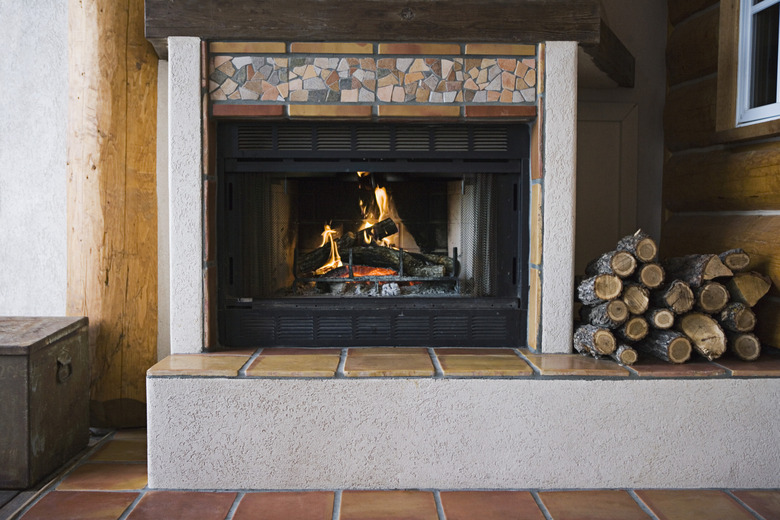Do I Need To Put Anything On The Floor For A Gas Fireplace?
Because fireplaces produce so much heat, you may be worried that the surrounding materials on your floors could become damaged. This depends on your fireplace. If you are installed a new fireplace in an area you will probably have to do at least some work on your floors. Switching to a gas fireplace from an electric version may require some changes, but to a lesser extent. Most types of flooring are safe unless they are immediately in front of the fireplace.
Gas Fireplace
Gas Fireplace
A gas fireplace produces a large amount of heat, but most of it is focused either upward through vents or downward into the floor beneath the fireplace. These places are where heat is gathered by your fan system and blown out into the room. If your floors are in danger, it is probably because of the heat the fan system produces. Gas fireplaces have an advantage here over wood fireplaces, because they do not scatter sparks or coals on the floor.
Combustible Floors
Combustible Floors
If you are installing a gas fireplace in an area where you have not had a fireplace before, prepare for some extra work. Typically floors in a house are combustible, or not designed to deal with a fireplace and the heat it produces. In order to install a gas fireplace you need to install a noncombustible floor made out of masonry — brick, stone or concrete — to protect both your subfloor and nearby walls.
Floor Damage in Front of the Fireplace
Floor Damage in Front of the Fireplace
The heat a gas fireplace produces is typically directed out: sometimes the heat can be directed at the flooring you use in front of the fireplace. If you have a plastic-based flooring like a laminate material or another type of flooring that could melt or crack under constant heat, consider using a hearth rug. These rugs provide an extra barrier between fireplace heat and fragile floors.
Solutions
Solutions
When creating your noncombustible floor and fireplace hearth, draw out the masonry you use for 1 to 2 feet in front of the fireplace. Not only is some extra masonry often required for gas fireplaces, using brickwork, tile or stone directly in front of your fireplace is one of the best ways to protect the surrounding floor from heat damage.
